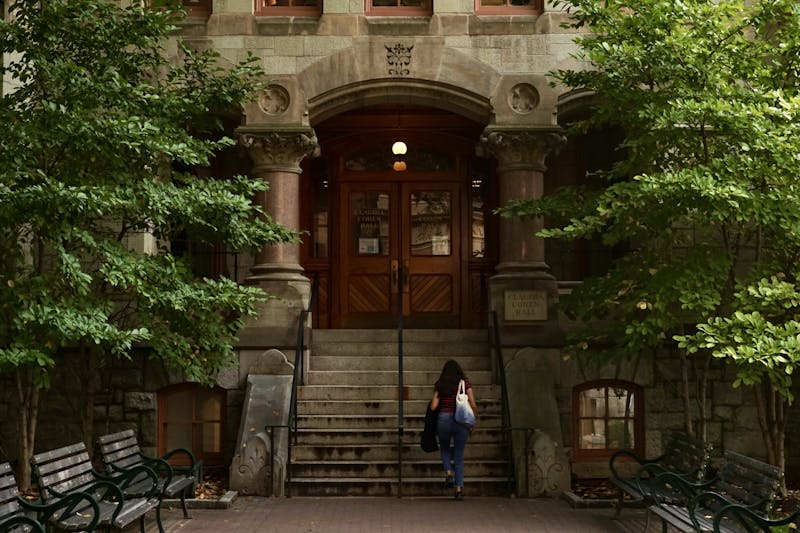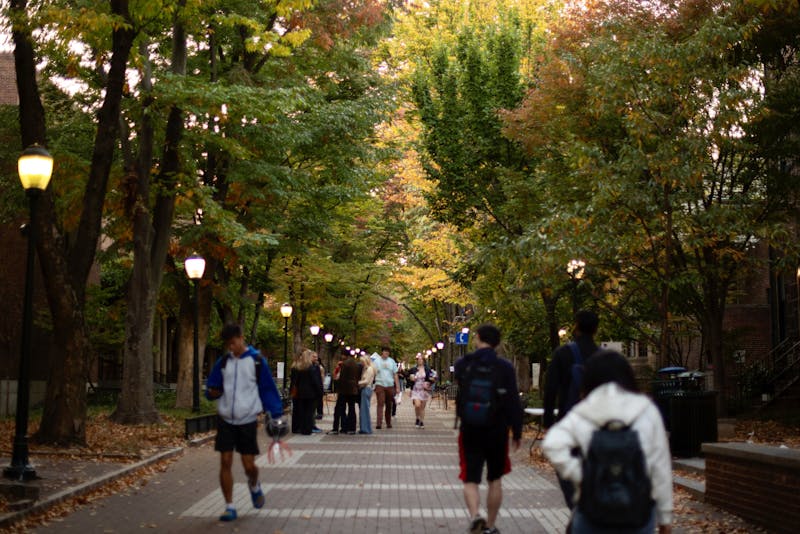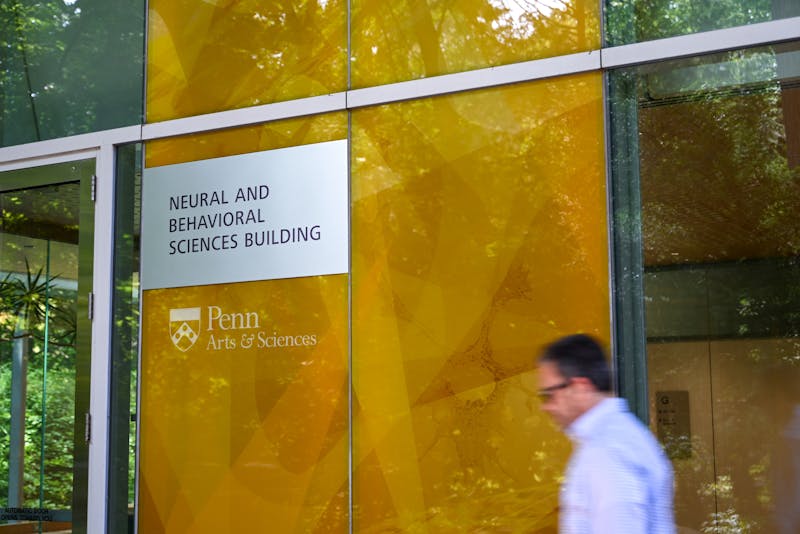In the wake of recent calls for increased transparency from Student Activities Council Executive Board, we wanted to give the student body an update, directly from SAC’s leadership, on the work that has been done during Jen Chaquette’s term and a set of goals that Kanisha Parthasarathy and the newly elected SAC board hope to accomplish during hers. As we’ve expressed before, working towards the resolution of the moratorium with help from our colleagues in the Undergraduate Assembly, specifically president Abe Sutton and treasurer Tiffany Zhu, remains SAC’s top priority. That said, we also recognize that transparency and open communication are additional areas for SAC to focus on improving.
As was explained at Sunday’s UA general body meeting and in last semester’s op-ed by Jen Chaquette and Abe Sutton, the definitive reason for the moratorium enacted in Fall 2012 was increasing costs, primarily facilities expenses. Facilities costs are rising 15 percent per year while SAC’s overall budget is increasing at a significantly lower percentage (between 3 percent and 7 percent in the last 5 years). We have cut the budgets of our 150 existing student groups by an average of 10 percent over the past year in an effort to balance our overall budget. However, simple math required additional steps (the moratorium and time to work towards decreasing costs) to resolve SAC’s funding issues.
A secondary, far less potent reason behind implementing the moratorium was student group debt. Carryover debt has been significantly reduced due to the implementation of the SAC debt plan in the past year. The debt plan serves a dual purpose — it acts as both a repayment mechanism for those groups in the red and a deterrent to overspending. For the 2012-2013 school year, combined carryover group debt was $40,000. For the 2013-2014 school year, group debt currently stands at $9,000. This is a tremendous reduction in debt, an excellent example of SAC holding student groups accountable and an indication that the debt plan is working.
When the first SAC moratorium was enacted in 2011, SAC Exec was optimistic that a solution had been found, and it was lifted after a semester. However, in Fall 2012, the decision to enact a second, more lengthy moratorium stemmed from our complete understanding of the core issues — rising costs, not student debt — and our realization of needing a permanent, sustainable solution. Were the moratorium to be lifted now, every group’s budget would have to be reduced to a level that would make it impossible for SAC to fund even their primary mission. The issues underlying the moratorium are complex and multi-faceted, and their resolution requires the collaboration of SAC, the UA, the Office of the Provost, Vice Provost for University Life and administrators in Penn’s various facilities centers to work together to create an environment that allows it to be financially possible for the moratorium to be lifted.
We are acutely aware that the moratorium has significant implications for student life at Penn. With the help of the UA and PennApps Labs, the Alternate Funding Guide was updated and the Common Funding Application was created in the past year. These are crucial resources for all student groups — both those that are not SAC recognized as well as SAC groups that are facing budget cuts. Another tangible item marking progress on this front stemmed from recent conversations with administrators at the facilities centers. A pricing menu for spaces in Perelman Quad, the Penn Museum and the Annenberg Center will be released to the student body pending consultation with the Performing Arts Council, and it will clarify exactly how much different venues cost for student groups, with the ultimate goal of working towards greater price discrimination when choosing spaces.
Not only is SAC trying to reduce costs for spaces that currently exist, but we’re also committed to increasing the overall number of affordable spaces accessible to students. The recent renovations to ARCH, for example, hold the promise of creating additional on-campus spaces where student life can flourish. Further, the UA and SAC have had meetings with administrators including the president, provost, EVP and the CFO of VPUL, among others, where the moratorium and facilities costs have been brought up as key agenda items. Given that the moratorium is such a hot topic on campus, we hope that student leaders will reach out to their contacts in the administration and help SAC Exec emphasize the reality and gravity of this problem.
We realize that some members of the student body feel that transparency from SAC has been lacking. SAC Exec understands that we derive our funding from the general fees, and as such, we are custodians of a portion of your tuition. Therefore, you are owed a level of accountability regarding SAC’s action items, including progress on the moratorium. In the upcoming year, Exec Reports at SAC general body meetings (which are open to the public) will include more than logistical items and contingency request updates. A central part of Kanisha’s platform is working to guarantee the transparency that the Penn population desires; as such, meetings will also include an update about conversations with administrators, collaborations with other branches of Penn Student Government and any tangible progress made.
While SAC appreciates the message on transparency, we are confident that there are alternate methods by which it could have been effectively communicated. The tenor of discussion in the past few weeks has been too aggressive to be productive. This shouldn’t be a blame game — ultimately, we are all members of the same Penn community, and we all want the best possible Penn experience, a critical component of which is indeed participation in student groups. As a branch of student government, our primary purpose will always be first and foremost to serve undergraduate students, and we appreciate your input and cooperation as we continue to work towards enacting sustainable solutions.
Jen Chaquette is a senior in the College and the outgoing chair of the Student Activities Council. Kanisha Parthasarathy is a junior in the College and the newly elected chair of the Student Activities Council. The SAC Chair can be reached at sac@sacfunded.net.
The Daily Pennsylvanian is an independent, student-run newspaper. Please consider making a donation to support the coverage that shapes the University. Your generosity ensures a future of strong journalism at Penn.
DonatePlease note All comments are eligible for publication in The Daily Pennsylvanian.







